| Textile and garment enterprises need more flexible credit policies. Vietnam's textile and garment industry accelerates "greening" |
Great pressure from import market
Mr. Le Tien Truong - Chairman of the Board of Directors of Vietnam Textile and Garment Group said that due to exporting most of its output, the textile and garment industry is strongly influenced by import markets, including environmental issues and social responsibility. The transition to a circular economy is really difficult, especially for small and medium enterprises, this is not a problem with a common solution.
The goals of ESG (E-environment; S-society; G-governance) and circular economy are both aimed at sustainable development. The textile industry has large emissions, with an average of about 100 million tons of solid waste from used clothes each year. Of which, China alone generates about 30 million tons each year, and the US about 20 million tons. Therefore, according to Mr. Truong, the textile industry is currently the industry with the most regulations and standards related to circular economy and green economy in the world.
The Uighur Forced Labor Prevention Act of 2021 was passed in the US to better monitor supply chains and prevent products from being sourced from forced labor areas. The country also has a garment worker protection law that all countries that produce clothing exported to the US must comply with.
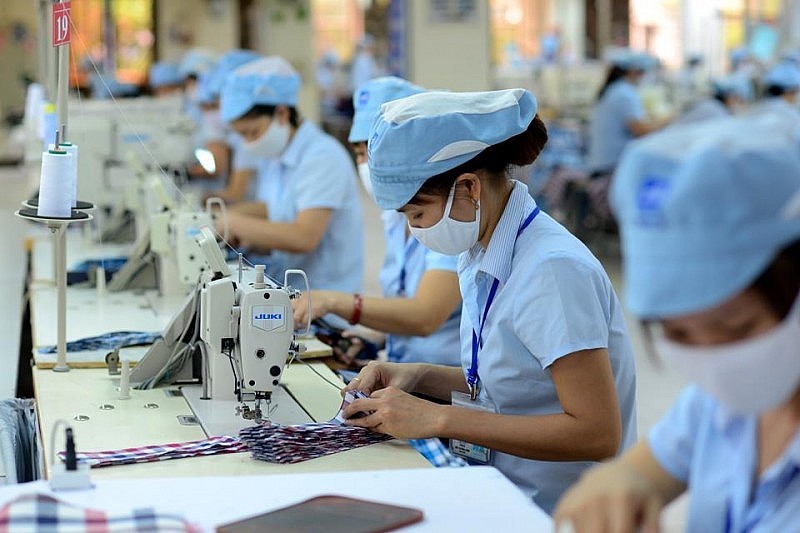 |
| Textile and garment enterprises are in a "dilemma" in implementing ESG. |
The EU has a new Circular Economy Action Plan to enhance competitiveness, industrial innovation, promote a sustainable, circular EU textile market; European Green Deal; Textile Circularity and Sustainability Strategy; Sustainability Reporting Directive; Carbon Border Adjustment Mechanism (CBAM); Business Sustainability Due Diligence Directive.
In addition to the regulations already in effect, the Promoting Responsibility and Building Practical Change in Organizations Act has been introduced in the United States. This law requires parties to be held accountable for wage violations to encourage responsible production; establishes a minimum hourly wage; and eliminates piece rates.
Or the US Fashion Sustainability and Social Responsibility Act of 2022, which has yet to be passed. It would require major fashion companies to map their supply chains, set and disclose ESG goals, and address the environmental and social impacts of their operations.
The EU has introduced the Packaging and Packaging Quality Regulation to consider the entire packaging life cycle and ensure that all packaging is safe, sustainable and recyclable. In particular, the EU has introduced the Right to Repair regulation, which means that fashion product manufacturers are responsible for repairing defective products if consumers request it…
Difficulty of business
Mr. Truong also said that the EU can adjust the effective time of ESG, circular economy, and green standards. This leads to the possibility that if businesses invest in implementing the standards early, it will be difficult to sell their products because green products have high prices but if they are delayed, they will not be able to enter the target market.
In fact, during the recent Covid and economic difficulties, fashion items, like green food, were unsold partly due to consumer spending cuts and partly due to "expensiveness". " We have partners who import recycled fibers worth 10-20 million USD and leave them in warehouses for a whole year without production due to lack of orders ", Mr. Truong informed. That shows that the green trend has been recognized by the whole world but it is not a straight line to progress and make policies and regulations, businesses stick to it to do things.
As for the Vietnam Textile and Garment Group, the group has applied carbon reduction solutions by measuring the carbon footprint in the product life cycle, and two large corporations will complete this in 2024. At the same time, it is building a green, circular production strategy, but the steps are very considered and follow the market.
In addition, like domestic textile enterprises, the challenge for the group is still very large. That is the limited domestic legal corridor. There are no specific policies or regulations for the textile industry on circular economy, green economy or ESG. Regulations on greenhouse gas inventory, carbon tax... are still behind the international application roadmap.
The financial system for circular economy, green economy, and ESG finance is still immature, making it difficult for green and sustainable textile projects to raise capital. There is a lack of specific incentive policies to encourage circular and sustainable textile development, such as policies for planning and developing green industrial zones for the fiber industry.
Along with that is the limitation in the supply of green, sustainable raw materials for production. Synthetic chemical fibers currently account for 65% of total global production, while vegetable fibers (including cotton) account for only 27%.
Lack of standardization in ESG data reporting, especially on environmental and social issues. No ESG reporting standards have been established to serve multiple markets and customers.
In order to help businesses determine the right time and easily invest in implementing ESG, green economy, and circular economy, Vinatex leaders suggested that, in terms of macro policies, institutionalize ESG standards and circular economy in the textile and garment industry with a development roadmap and specific goals, in line with the world roadmap. Attach the roles of stakeholders and financial mechanisms to achieve goals (public-private partnership, green finance, etc.). Have policies to support and encourage businesses through tax, credit, and land tools, especially policies that need specific steps.
In terms of technology, investment and finance, it is necessary to conduct research and transfer technology to businesses. Strengthen cooperation in the field of R&D to master technology and transfer advanced technology from partners. Encourage the development of green financial instruments and joint venture cooperation models to take advantage of economies of scale and diversify risks.
At the same time, identify skills gaps in businesses to develop training programs that are consistent with national human resource planning to serve the transition to a circular economy and a green economy. Build inter-sectoral and inter-business networks to share knowledge and human resources.
Promote information and communication work, build a culture of consuming green and sustainable products, and support ethical and responsible manufacturing enterprises.
Source: https://congthuong.vn/doanh-nghiep-det-may-tien-thoai-luong-nan-trong-thuc-hien-esg-326448.html







![[Photo] Prime Minister Pham Minh Chinh chairs conference on anti-smuggling, trade fraud, and counterfeit goods](https://vphoto.vietnam.vn/thumb/1200x675/vietnam/resource/IMAGE/2025/5/14/6cd67667e99e4248b7d4f587fd21e37c)


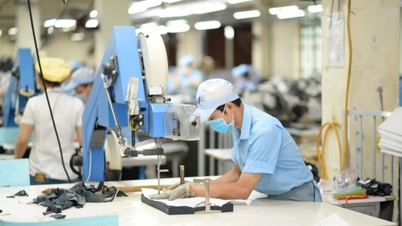

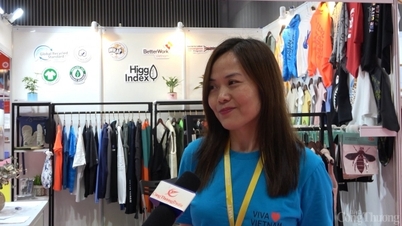

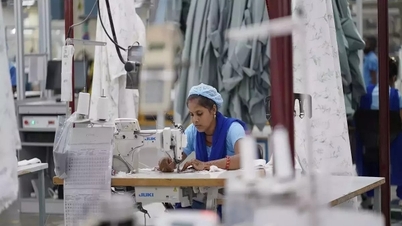












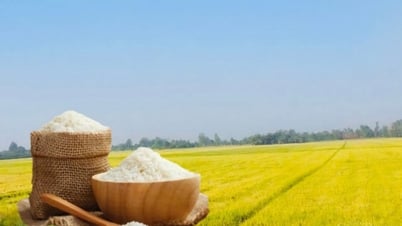








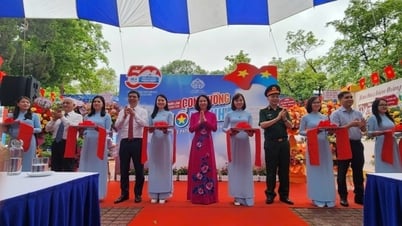

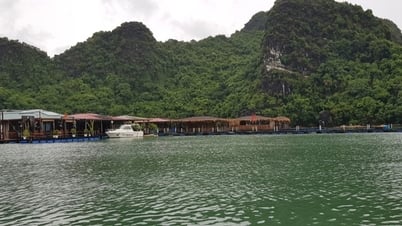









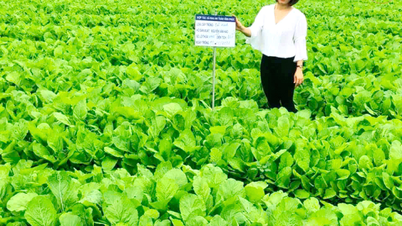

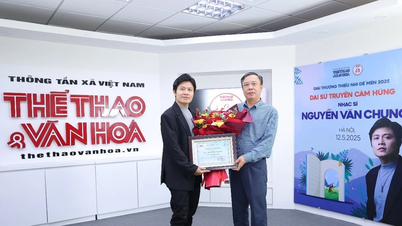














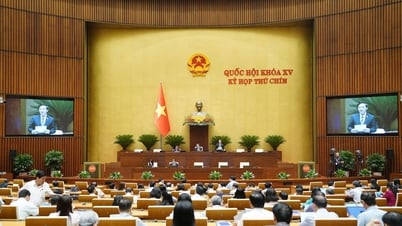



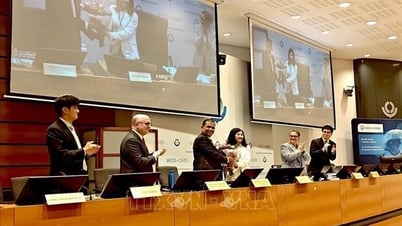







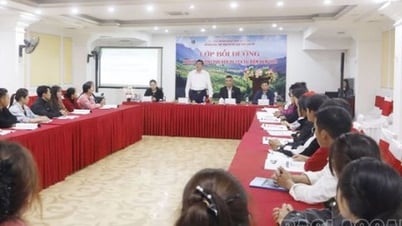




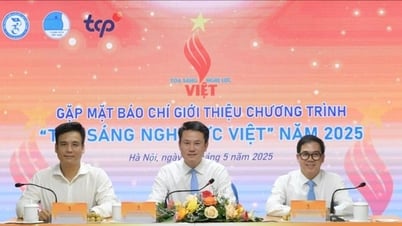





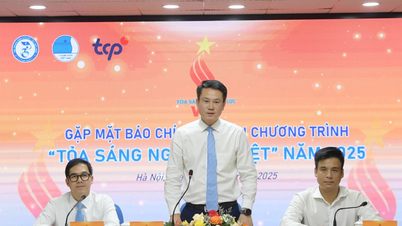










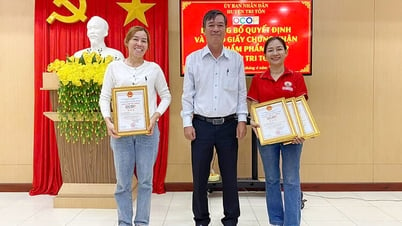



Comment (0)